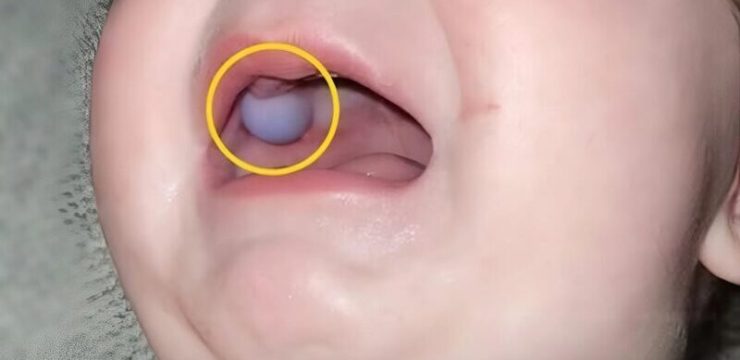Let’s face it—discovering something unusual in your child’s hair can make any parent’s heart skip a beat. Whether it’s a strange bump, tiny white dots, or something that seems to be moving, the immediate reaction is usually panic. Is it lice? Could it be something worse? Should we rush to the doctor? Before you go down the rabbit hole of worst-case scenarios, take a breath and remind yourself that you’re not alone. Countless parents have experienced this moment, and in most cases, it’s something manageable.

The first step is to take a closer look. Gently part your child’s hair and use a magnifying glass or your phone’s camera with the zoom function. Take a photo if you’re unsure, and look for signs like movement, things attached to the hair shaft, small oval-shaped eggs called nits, or redness and irritation on the scalp. If your child has been scratching frequently, especially at night, that’s also a clue. Make note of what you see—it will help if you need to consult a medical professional. Children come into contact with various environments—schools, daycares, parks—which increases their chances of picking up a few unwelcome visitors. One of the most common culprits is head lice. These tiny, wingless insects live on the scalp, feed on blood, and lay eggs close to the scalp that are often mistaken for dandruff but don’t flake off easily.
Another possibility is scabies mites, which burrow into the skin and are particularly troublesome in young children. Though you might not see the mites themselves, symptoms such as itching, red bumps, and skin irritation are telltale signs. Dandruff or cradle cap may look alarming but are generally harmless. Sometimes, it could just be lint, fuzz, or dirt that’s stuck in the hair and only looks odd under bright light. When it comes to mites, the symptoms often speak louder than the visuals. Scabies mites, for instance, tend to hide in warm, moist areas like behind the ears, around the neck, and along the hairline. They can cause intense itching, especially at night, along with red bumps and even open sores from scratching. If your child is scratching during sleep, showing scabs, or experiencing sudden changes in mood or sleep due to discomfort, it’s a strong sign that something more than dandruff is at play.
If you suspect lice or mites, you may be tempted to try one of the many home remedies circulating online. Some popular DIY treatments include smothering lice with mayonnaise or olive oil, using essential oils like tea tree or eucalyptus, and rinsing with vinegar. While these may help in some cases, natural doesn’t always mean safe—especially when it comes to children. Always perform a patch test and avoid anything too harsh. If symptoms persist or worsen, don’t hesitate to see a doctor. So when is it time to make that call? If you’ve tried a home remedy and the bugs are still there, if your child’s itching is keeping them up at night, if you notice swelling or pus, or if your child has existing conditions like eczema, it’s best to consult a healthcare provider. They can offer accurate diagnoses and prescribe effective treatments like medicated lice shampoos or creams for scabies.
Once the issue is under control, prevention is key. Teach your kids not to share hats, brushes, or pillows, and wash all bedding and plush toys in hot water. Vacuum regularly, keep long hair tied back in group settings, and do quick scalp checks after playdates or outbreaks at school. Mites, though tiny, can lead to major problems if untreated. Scabies spreads easily within households, and excessive scratching can lead to secondary infections. Dust mites, while not living on the body, can still affect respiratory health and trigger allergies. For lice, over-the-counter shampoos containing permethrin are commonly effective, paired with a fine-tooth comb to remove nits. For mites like scabies, doctors often prescribe medicated creams or, in some cases, oral medication. Remember, everyone in the house may need treatment to fully eliminate the problem.
After treatment, continue checking your child’s hair weekly for any signs of reinfestation. Look for itching, red patches, or new nits. Follow up with your pediatrician if symptoms return. Staying consistent and vigilant ensures that the issue doesn’t make an unwelcome comeback. In conclusion, finding something suspicious in your child’s hair can be nerve-wracking, but it doesn’t have to turn into a full-blown crisis. Most issues, whether they’re lice, mites, or harmless flakes, are treatable with a little care and attention. The key is to stay calm, stay informed, and take action when needed. With the right approach, you can handle anything that ends up in your child’s hair—bug or otherwise—like a pro.





